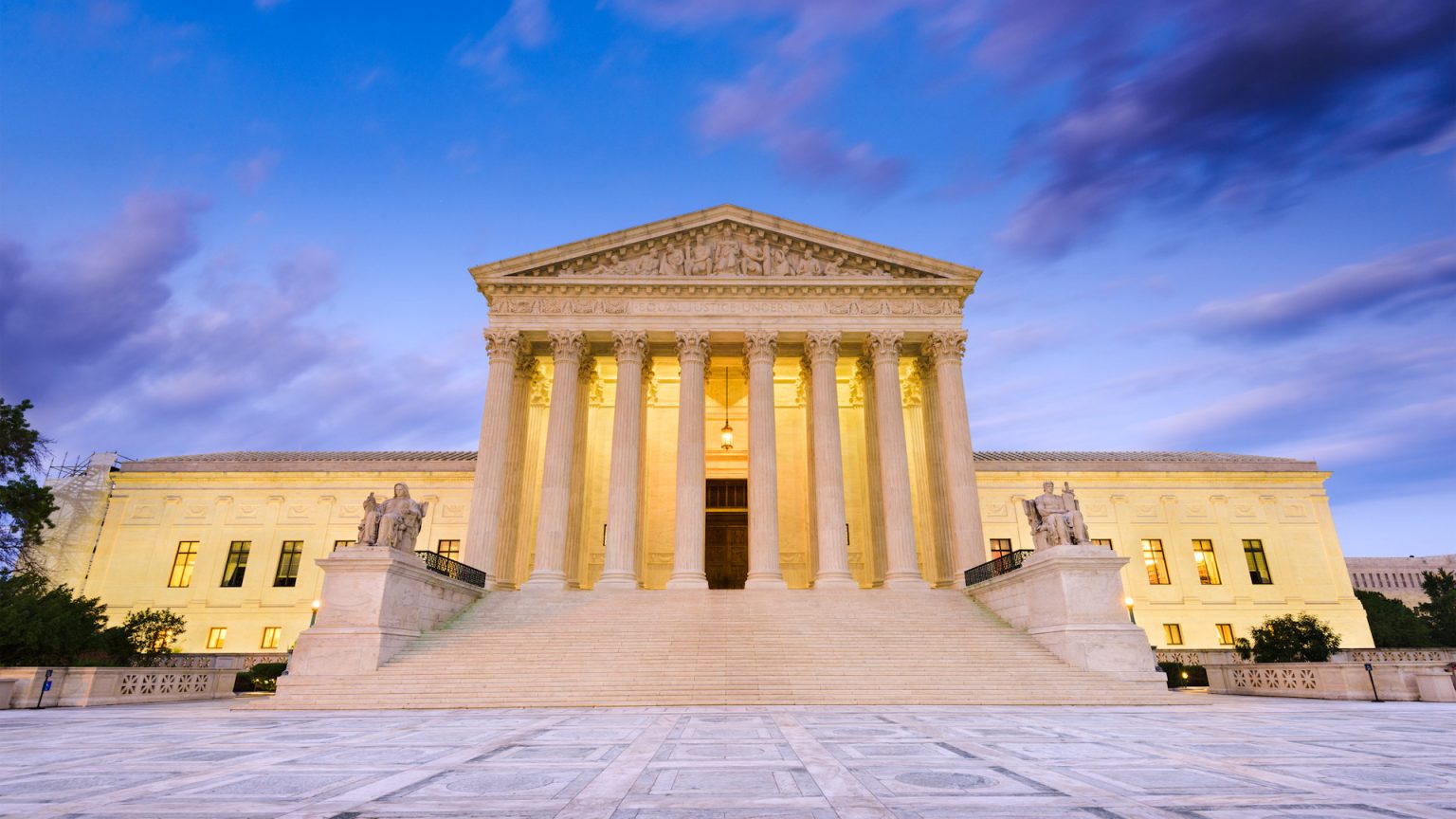Module 3: The Founding Era
What I Learned...
The videos we were required to watch opened my eyes and expanded my prior knowledge on the highest court in the federal judiciary of the United States, the Supreme Court. I established a more sophisticated grasp of the standards for granting certiorari by looking into the difficult process of case selection. I learned certiorari is more involved in case selection than I had initially thought. The Supreme Court has discretion and uses the "rule of four" to choose which cases to consider, in contrast to subordinate courts that are required to hear every case. This deliberate strategy guarantees attention to issues of major federal, constitutional, or national significance, influencing the judicial system as a whole. My understanding of the Court's workings was further enhanced by also learning little-known details like the custom of a new justice's portrait and the nine justices' private discussions to decide on a Bill.Most Important Take-away...
The Supreme Court's role as the primary authority on interpreting the Constitution is arguably the most important component of its mandate. The Court bears a unique responsibility in the political system since it is tasked with applying this foundational document to every case it hears. Its status as the ultimate arbiter emphasizes its importance in defining national policies and legal standards, since it has the authority to accept or reject future legislation and rulings. Through judicial review, the Court's opinions establish legally binding precedents, protect individual rights, and defend the separation of powers among the United States' departments of government. Its verdicts may confirm and modify societal ideals, demonstrating the Court's significant influence on life in the United States.
What Surprised Me...
It was really intriguing to learn that the Supreme Court is reachable by the general public and that it welcomes proposals from everyone in the United States, even those who are incarcerated. This disclosure demonstrates the Court's commitment to taking into account many viewpoints when formulating decisions. Furthermore, studying the Court's advancement in power provided fascinating new perspectives on the legislative framework and the gradual expansion of the Court's authority throughout the years. The Court's prestige has grown drastically, from the cooperative and sometimes contentious discussions among justices to landmark decisions like Marbury v. Madison, which instituted judicial review. Knowing this background in history emphasizes how important choices and modifications over time have shaped its current position of power.

Comments
Post a Comment